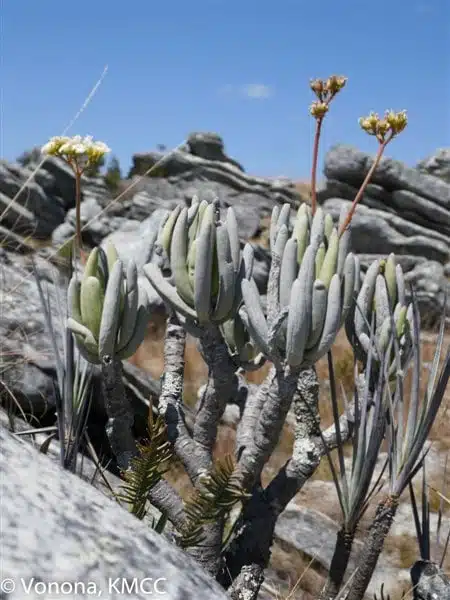Flora and Traditional Medicine in Madagascar
Utilizing the exceptional richness of the island’s flora (200 plant families, representing 400 inventoried plant families in the world, 12,000 flowering species, of which 9,000 are endemic), the Malagasy people have learned the healing properties of many plants over the centuries.
Natural healers and fortune tellers are the main keepers of this ancestral knowledge, which is often passed down orally.
Today, endemic species are exported worldwide and used in the production of elaborate medications. Everyone knows the remedies for common ailments and can find simple remedies at markets.
A large part of Malagasy traditional medicine is based on the use of plants and natural resources, making it a unique and valuable heritage.
Population is more inclined to use traditional herbal medicine, which is cheaper than imported synthetic products.
Katharanthus Roseus (Vonenina, befala, tonga)
Consumed as herbal tea, the pink periwinkle from Madagascar fights neurasthenia. Its leaves help support fatigue and hunger, and its roots have blood pressure-lowering effects. This endemic Apocynacea is used worldwide in the treatment of childhood leukemia and in cancer chemotherapy.
Madagascar periwinkle (Catharanthus roseus) is a medicinal plant traditionally used for controlling diabetes.
Constituents
– Alkaloid: Vinblastine, Vincristine.
– Tannins
– 







